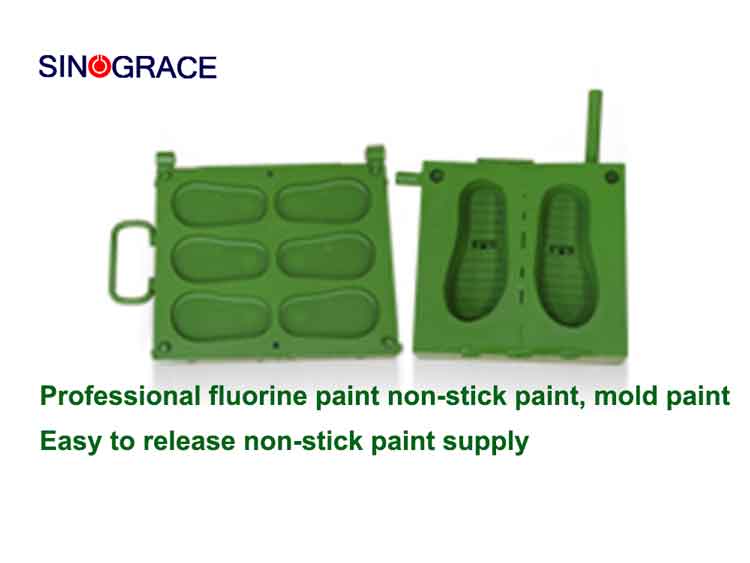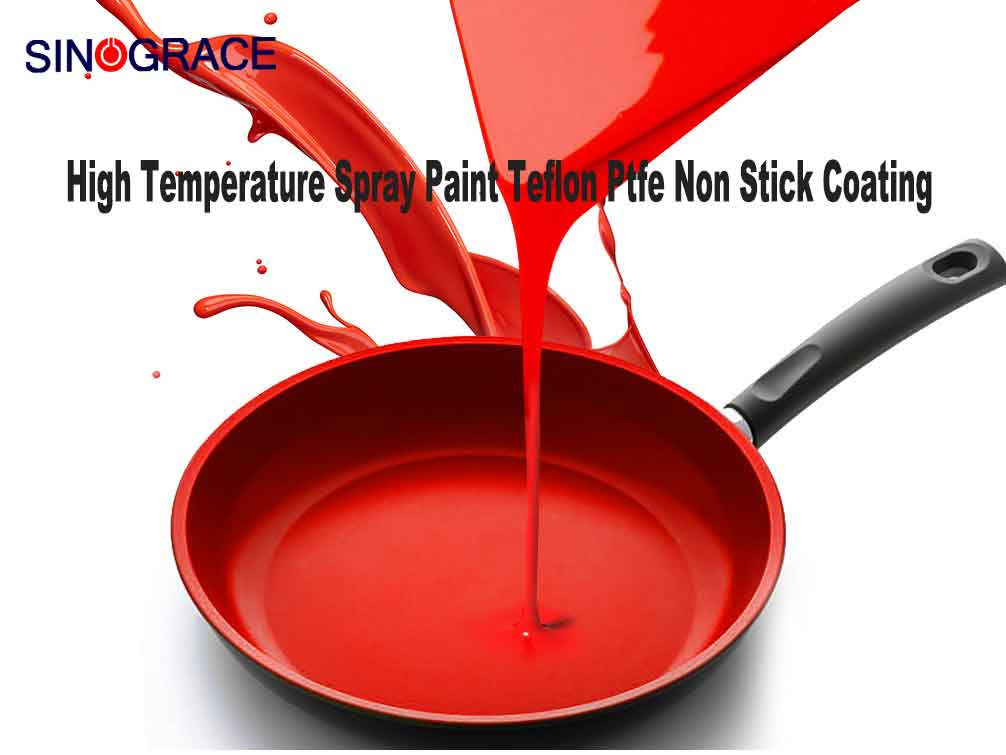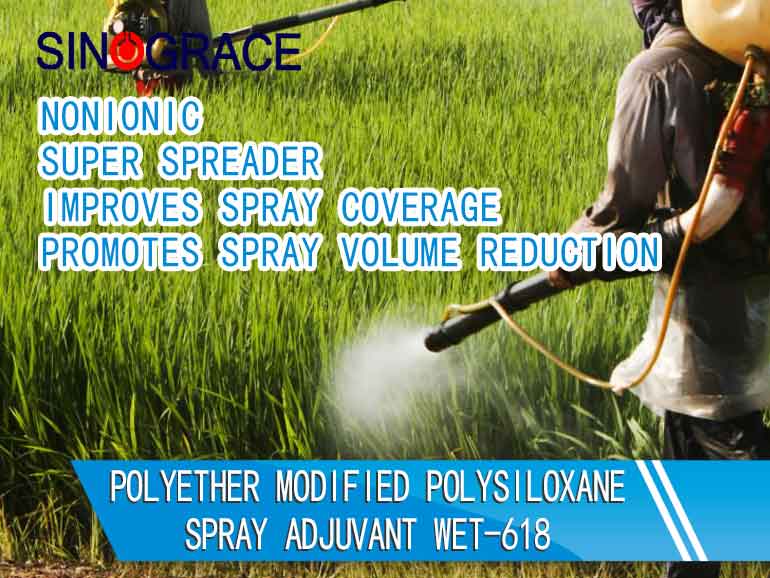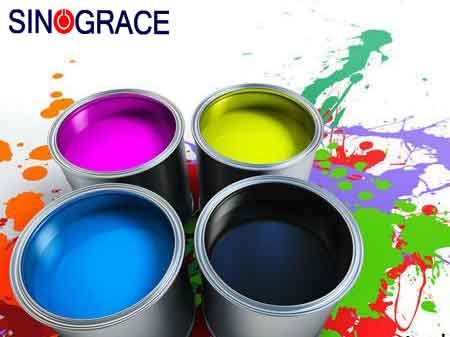Why is the Teflon paint for the mold green?
Many people see that a lot of Teflon coatings used in industry are green, especially when used in molds, let's talk about the reasons. The use of coating characteristics In extrusion or die casting products, generally dark, for example, rubber, silicone and so on, if the coating is made of dark, then whether the coating falls off is more difficult to see. Therefore, made of light color and with bright colors, it is easier to identify whether the coating is complete, and if the coating falls off, it is processed in time. Many people may ask, why not make it in other colors, such as red, purple, etc.? Because the cost of green is low, and the cost of other colors is high. Teflon paint formula in the cost of powder accounted for a large proportion, green powder is cheap, Teflon paint is a high-temperature paint, the curing temperature is 380℃, bright colors can be difficult to such a high temperature is not much, another reason is, for example, red, purple powder is very expensive, generally hundreds of thousands of dollars a kilogram, this is a big difference in cost. A lot of people ask, why not make it blue, white? We also need to consider the temperature problem, the coating after 380 degrees of high temperature, will turn yellow, if the coating is white, the temperature of the oven is generally not very uniform, baked mold, the same oven, some white, some yellow, very unattractive. Blue is more obvious, as we all know, blue plus yellow becomes green, if it is a blue coating, the temperature is a little higher, the coating turns yellow, plus the color of the original coating, it shows green, for the oven with uneven temperature, baked products, some of them are blue, some of them are green, the customer may not accept. In summary Green is a better choice, because it is more bright, in the case of coating off, it is easy to be found, the cost is not high, and, and in the case of temperature is not uniform, it can spray a more beautiful mold, and the elasticity of the use conditions is wider. Company: Anhui Sinograce Chemical Co., Ltd. Focus on: non-stick coatings, Teflon coatings
read more

 English
English français
français русский
русский español
español العربية
العربية








